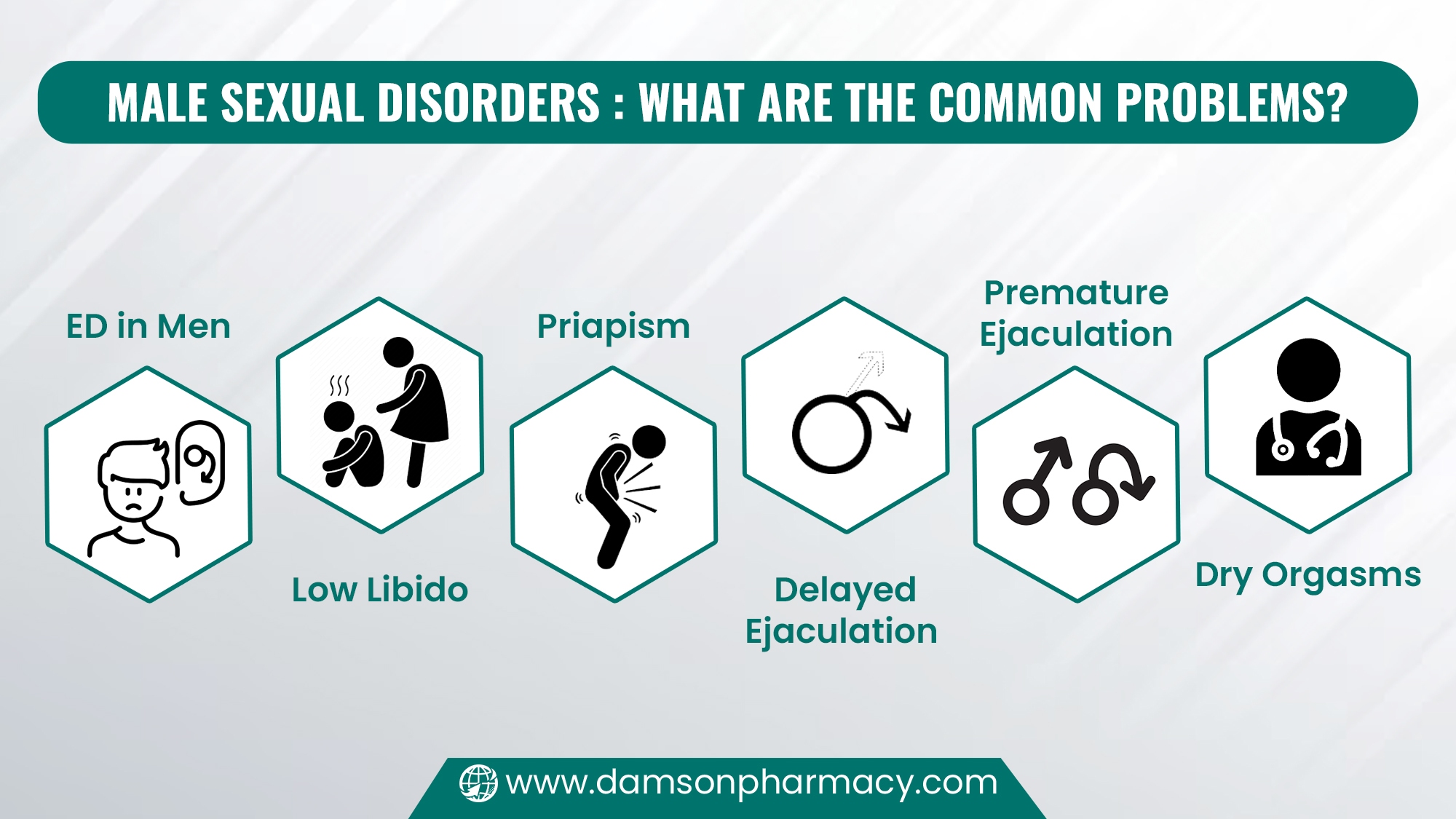What to know for safer, smarter heating and cooling | #furnace installation
Descubrir Mensajes
Explore contenido cautivador y diversas perspectivas en nuestra página Descubrir. Descubra nuevas ideas y participe en conversaciones significativas
Why homeowners trust ac repair lake charles for quick fixes | #ac repair lake charles
Is anyone just getting an endless circle of login prompts? I enter the password, am told to verify, and it just sends me around in this same loop Microsoft Q&A | #outlook profile repair and recovery steps
Choosing a Marshalltown Car Dealership for Your Next Chevy | #marshalltown car dealer
Premier League Matchday 17 Predictions – December 19, 2025: Elite Betting Insights For Today's Fixtures | #bet9ja



